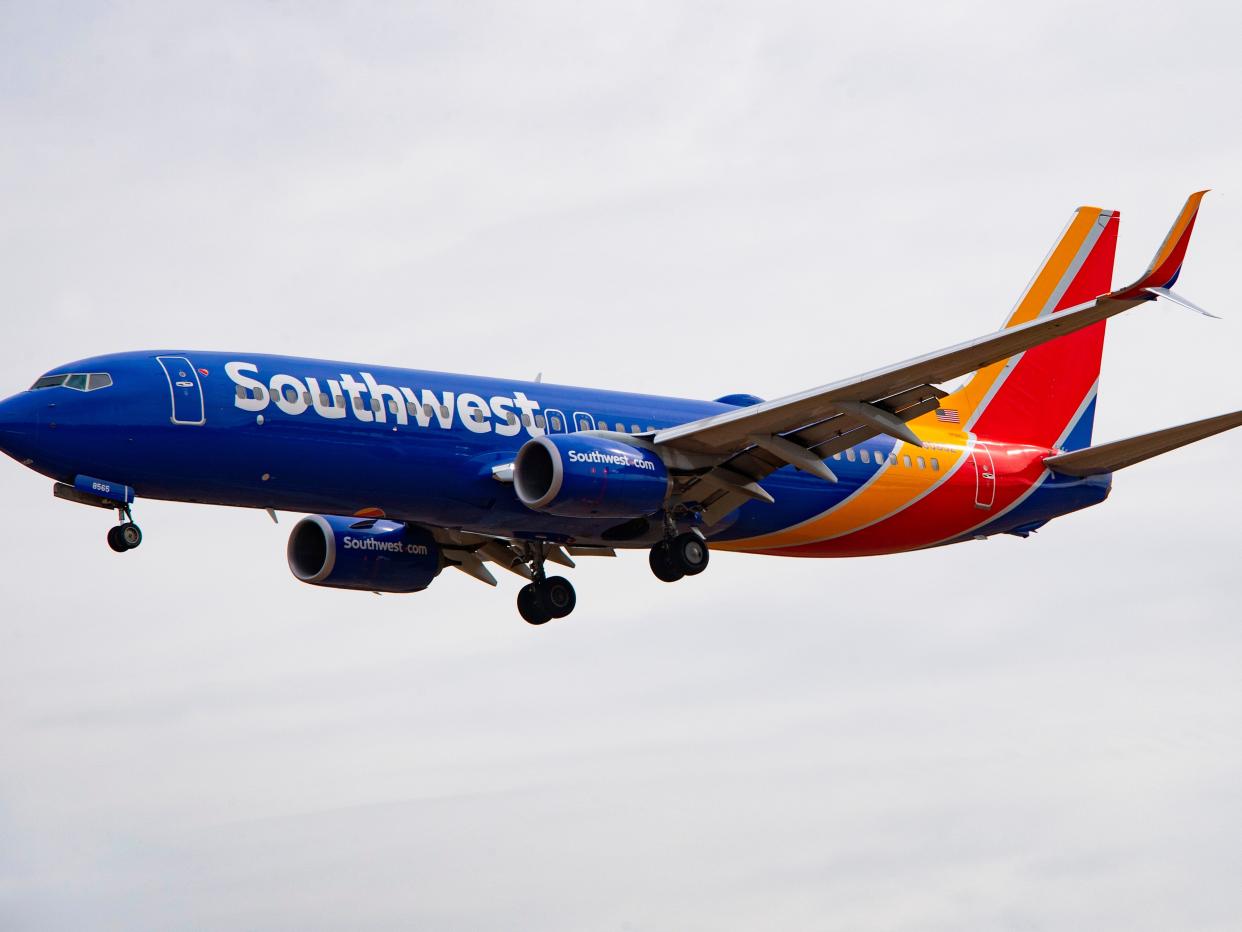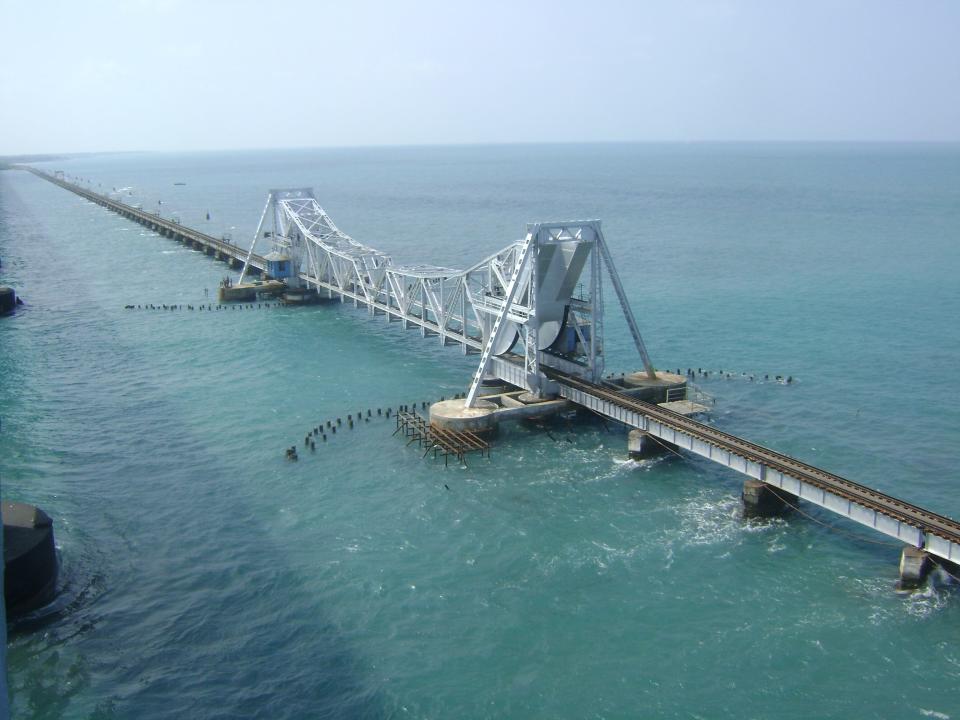A Southwest flight came 150 feet from crashing in the sea. Experts suspect 'pure human error.'

A Southwest Airlines flight to Tampa, Florida, came within 150 feet of the ocean, prompting alarm.
Aviation experts said pilot error was the likeliest cause.
The FAA is investigating the flight, and two more Southwest flights that made low descents.
A Southwest Airlines flight that was diverted after a dangerously low descent was likely down to "pure human error," aviation experts said.
The Boeing 737 Max departed from Columbus, Ohio, on July 14 and was headed to Tampa, Florida.
But the plane began its descent too early, dropping to 150 feet above the sea while it was still 5 miles from the airport.
The flight was diverted to Fort Lauderdale after Air Traffic Control (ATC) told the crew to "check your altitude," the local TV station Fox 13 reported.
The Federal Aviation Administration is investigating the cause of the incident.
'Pure human error'
Richard Curran, a professor of Aviation Management at City University of London, and Mark Stephens, a retired Delta Air Lines pilot, told Business Insider that the incident could have been disastrous.
Curran said the aircraft should have been at least 1,000 clear of the water and that its "dangerously low" position risked a crash.

"To be that low, the first question is, would they have gone lower? Did they think they were at a different height?" Curran said.
"If they thought they were at 1,000 feet, they would have had to come down 1,000 feet," he added.
Curran said the incident was likely due to "pure human error."
It's not known if there was a technical issue with the aircraft that may have produced a faulty altitude reading.
But even if this were true, Curran said, the crew should have noticed before being warned by air-traffic control.
Mark Stephens worked as a pilot for 30 years and was aj Airbus A350 captain before retiring in 2021. Speaking to BI, he said that several times in his career he alerted other pilots that they were flying too low.
He said it's important to remember that there would have been two pilots involved: one flying the plane and another monitoring its progress.
"Two people aren't doing their job," he said.
Stephens said the second pilot could have noticed there was an issue, but they may have refrained from saying anything.
"The other guy is probably thinking, 'He'll get on it,' and doesn't say anything — especially if the captain is flying," he said. "I would tell my pilots, 'Please speak up.' But some captains aren't approachable."
Bad weather could have played a part
In an interview with Fox 13, Nancy Allen, a passenger on the flight, said she thought she could have died when she noticed how close the aircraft was to the water.
She said the pilot didn't explain what had happened but told passengers "gusty winds" had prevented the plane from landing.
The Tampa Bay Times, citing a weather station at Tampa International Airport, reported that the plane was traveling through stormy weather.
Stephens said it's difficult to say whether gusts of wind would have played a big role.
He said it's more likely that wind shear — which the FAA describes as a swift change in wind speed and direction — could have pushed the plane down.
Robert Katz, a veteran commercial pilot, told The Tampa Bay Times that wind shear could have "swatted the airplane like a fly into Tampa Bay."
But even so, Katz said it doesn't explain why the pilots didn't seem to be aware that they were flying at a dangerous height.
"These pilots are going to have a lot of explaining to do," Katz said.
A dangerous pattern
It's not the first time a Southwest flight has descended to a dangerously low altitude.
In June the FAA said it was investigating a Southwest flight that dropped to 525 feet when it was 9 miles from landing in Oklahoma City.
The FAA is also looking into another Southwest flight that descended to 400 feet above the ocean off the coast of Kauai, Hawaii, in April.
In a statement to BI, a Southwest spokesperson said it was "following its robust safety management system" and was in contact with the FAA to "understand and address any irregularities."
"Nothing is more important to Southwest than the safety of our customers and employees," they said.
Read the original article on Business Insider

